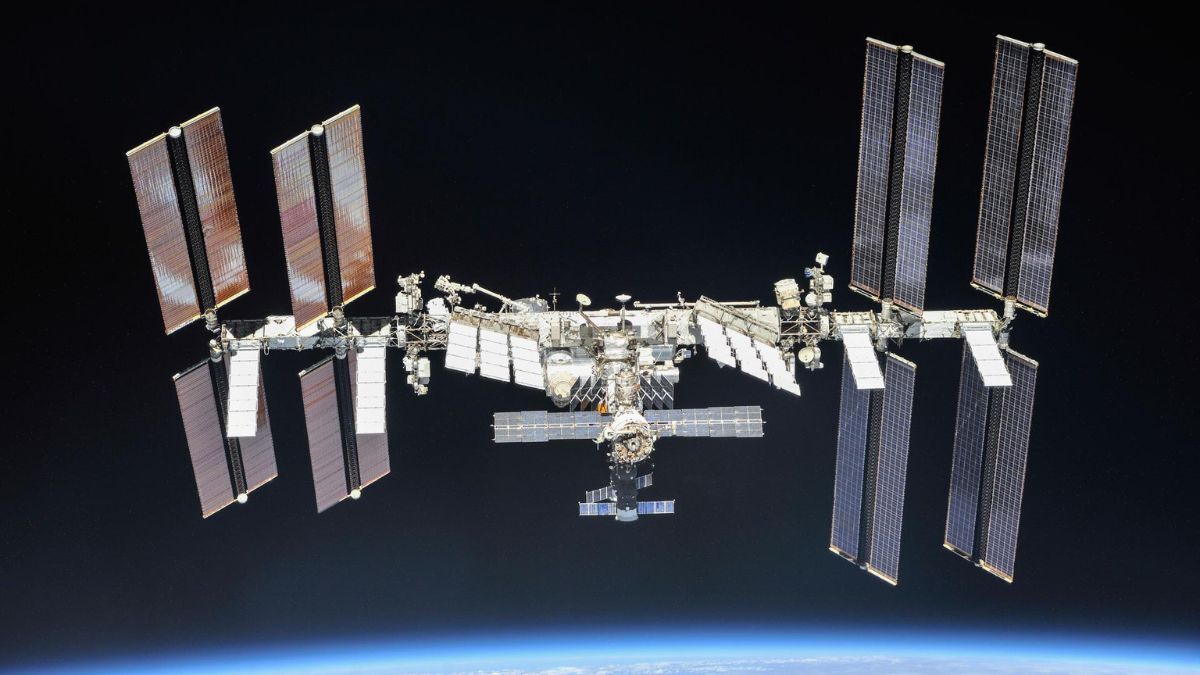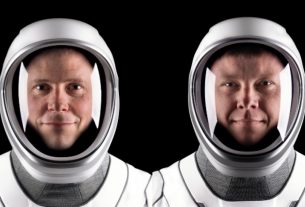
NASA astronauts Sunita Williams and Butch Wilmore are facing an extended stay aboard the International Space Station (ISS) due to unresolved issues with Boeing’s Starliner spacecraft. Initially, their mission was set for eight days, but problems with the spacecraft’s thrusters have delayed their return indefinitely. The Starliner, which experienced leaks and malfunctioning thrusters, may not be able to return them safely to Earth. Engineers are still investigating the issue, and while the thrusters are functioning normally in orbit, the root cause of the problem remains unclear.
One possible solution is to send the spacecraft back to Earth without the crew. If this occurs, Williams and Wilmore might remain on the ISS until early 2025. NASA may then use a SpaceX Crew Dragon spacecraft, which could bring them home along with other astronauts. This plan would keep the ISS crewed by seven people, which is above the usual number but manageable. Despite the unexpected extension, the astronauts continue their duties on the station, including maintaining equipment, conducting experiments, and managing supplies.
The situation, though challenging, is not unprecedented. Astronaut Sergei Krikalev faced a similar scenario in 1991 when the Soviet Union collapsed while he was aboard the Mir space station. His mission was extended due to geopolitical instability, but he remained in regular contact with ground control and continued his work.
Williams and Wilmore’s experience underscores the complexities and unpredictability of space missions. Despite being confined in a relatively small space with additional crew members, they are equipped to handle extended stays. The ISS has ample supplies and resources, and the view from space remains a remarkable experience.
The extended stay reflects the evolving nature of human space exploration. As missions become more advanced and destinations like the Moon and Mars become targets, similar challenges may arise. Astronauts are trained to handle such situations and remain focused on their mission objectives. The ongoing situation highlights the need for contingency planning in space missions. For now, the astronauts’ professionalism and adaptability are crucial as they continue their important work in space.


